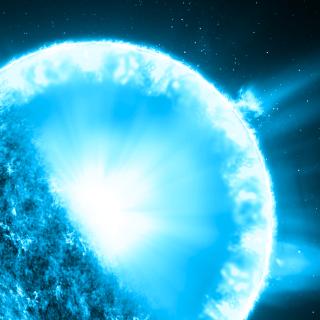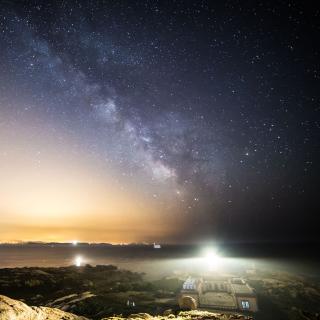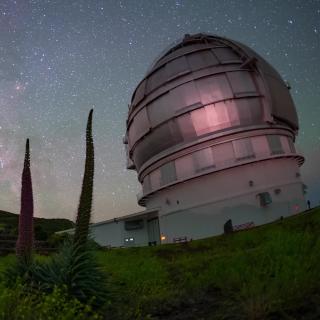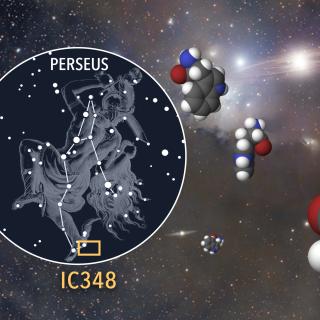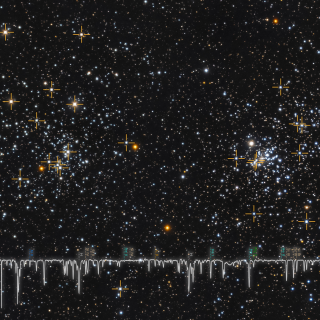
Researchers at the Instituto de Astrofísica de Canarias (IAC) and the University of La Laguna (ULL), publish today in the journal Astronomy & Astrophysics the first results of a detailed study of nearly a thousand blue supergiants in the Milky Way. This is the biggest sample of stars of this type which has been studied until now. The study has used over 15 years of high quality observations taken mainly with the NOT and Mercator telescopes at the Roque de los Muchachos Observatory in La Palma. The analysis of these data will allow researchers to improve their knowledge of the evolution of
Advertised on

